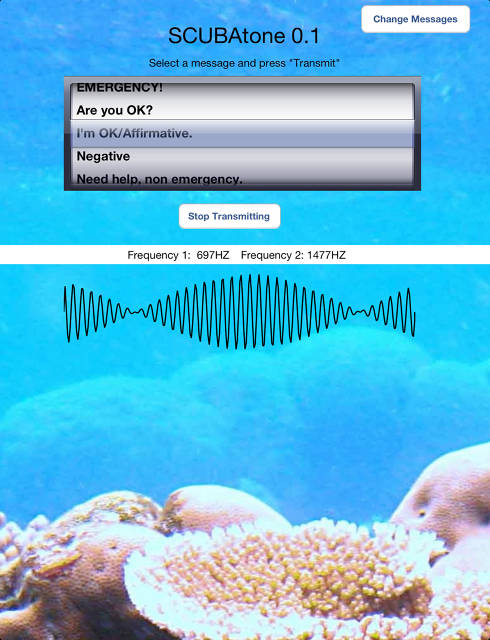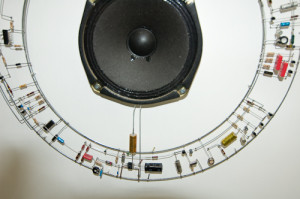Augmented Windows
INDUSTRY: SAMSUNG TRANSPARENT LCD
In 2012, Samsung debuted a transparent LCD. Where typical LCDs use an artificial backlight to shine through their pixels, the transparent display uses the sun (and artificial edge-lighting at night). The display also includes a touchscreen component.
Samsung previewed their technology as a 1:1 desktop monitor replacement, but I see value in using the technology more inventively: as an augmented reality window, where the display builds upon what’s visible in the outside world.
ART: SONY PLAYSTATION VIDEO STORE
Memo Akten (who I just realized authored the ofxARDrone library I used in the last project) created a series of videos for the launch of the Sony PlayStation Video Store. The videos use a live projection-mapping technique where the content is mapped according to the perspective created by the camera’s position and angle in space.
If you look through a window at a nearby object, draw a circle around it, and then move your head, the circle is no longer in-place. With head- or eye-tracking, the perspective projection could change with your changing viewpoint, so that the circle will always be around the object.
ACADEMIA: MULTI-VIEW AUTOSTEREOSCOPIC 3D DISPLAYS
What happens if two (or more) people are looking out the window? A conventional display can’t show different images for each person. Alternatives to make that happen would be active- (or maybe even passive-, if you’re really good) shuttered glasses, as used with 3D TVs, or a lenticular display. A lenticular display is one that uses lenticular film — you know, these things:

This 1999 paper1, by N.A. Dodgson, et al, in addition to his 2011 workshop, discusses a way to create a glasses-free 3D display using lenticular arrays. In addition to its 3D uses, such a display could also be used for “two-view, head-tracked displays; and multi-view displays”. They’re not talking about displaying unique perspectives per-viewer, but instead about delivering correct stereoscopic images to each eye of each viewer; my use should be much more simple.
OUTLET
I definitely want to try to get my project picked up by a media outlet — a technology/design blog, for example. A little boost of fame would be most appreciated. And, heck, if it turns out to be really cool, unique technology (which it might be — I’m not finding all that much in academia), maybe even a paper submission would be in order.
-
N. A. Dodgson, J. R. Moore, S. R. Lang. 1999. “Multi-View Autostereoscopic 3D Display.” International Broadcasting Convention 99. www.loreti.it/Download/PDF/3D/IBC99-Dodgson.pdf.↩



